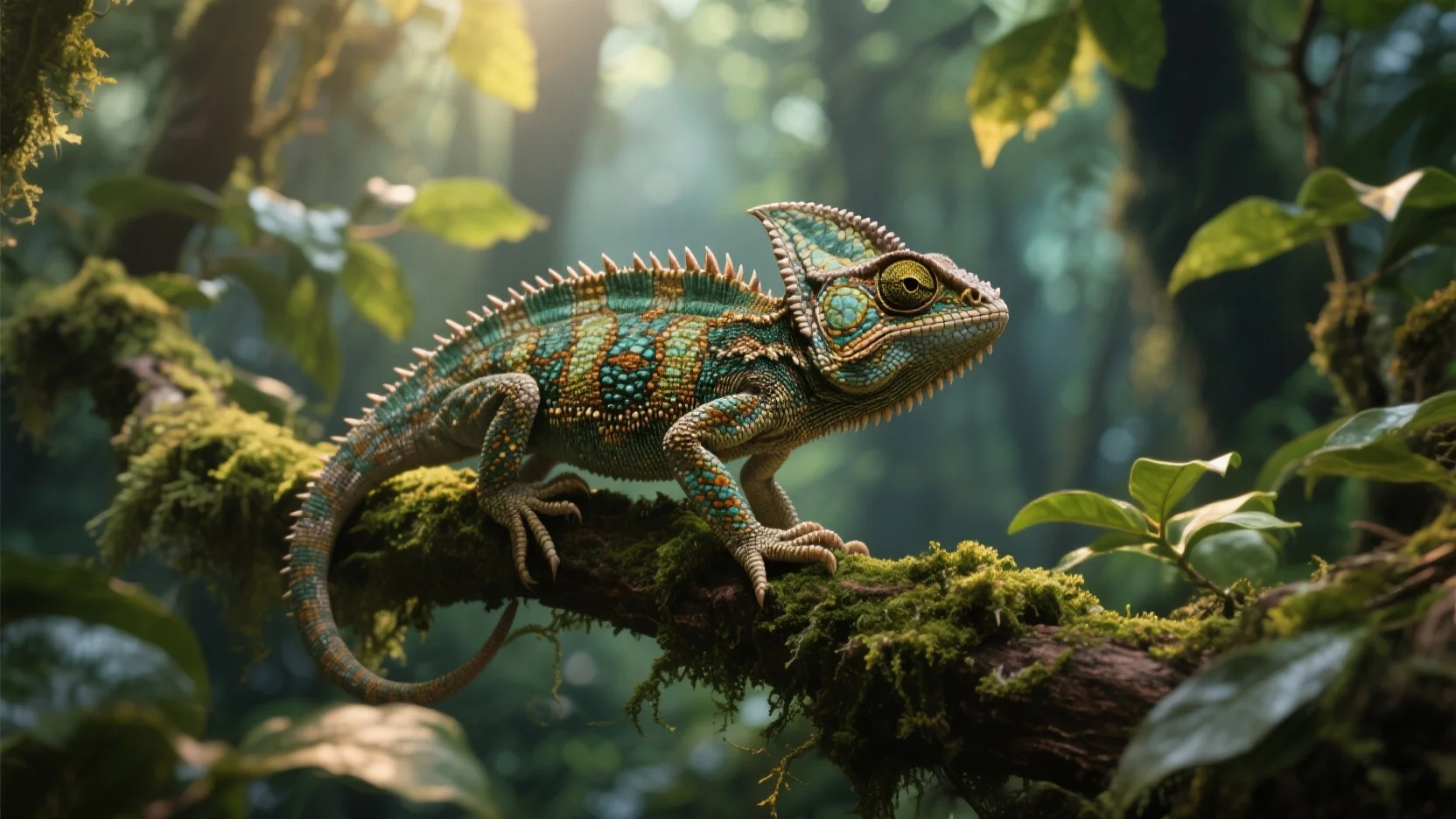Dragons have long captured the human imagination, appearing in myths and legends across cultures as symbols of power, mystery, and magic. While these fantastical creatures may exist only in stories, there are real-life animals that bring them to mind—lizards. From their scaled bodies and flicking tongues to their ability to climb walls or glide through the air, lizards embody traits that seem almost otherworldly. These "tiny dragons" remind us that the natural world is often just as astonishing as the realms of fantasy.
One of the most striking similarities between lizards and mythical dragons lies in their appearance. Many lizards sport vibrant colors, intricate patterns, and sharp, angular features that evoke the image of a miniature dragon. Take, for example, the bearded dragon, a popular pet species known for its spiky scales and broad, triangular head. When it puffs out its throat in a defensive display, it looks like something straight out of a medieval tale. Similarly, the frilled lizard of Australia has a dramatic, fan-like frill around its neck that it unfurls when threatened, creating the illusion of a much larger and more fearsome creature. These visual traits make lizards seem like living embodiments of the dragons that populate human folklore.
Beyond their appearance, lizards exhibit behaviors that add to their dragon-like mystique. Some species, such as the Draco lizard, can glide through the air using wing-like flaps of skin stretched between their ribs. This ability to soar from tree to tree is reminiscent of the flight of mythical dragons, albeit on a much smaller scale. Other lizards, like the horned lizard, have developed bizarre and almost magical defense mechanisms. The horned lizard, for instance, can squirt blood from its eyes to deter predators—a behavior so strange that it feels like it belongs in a fantasy novel rather than the real world.
Lizards also possess abilities that seem to defy the ordinary laws of nature. Geckos, for example, can effortlessly scale sheer walls and even hang upside down from ceilings, thanks to the microscopic hairs on their toes that create a powerful adhesive force. This gravity-defying skill is not only a marvel of biology but also a trait that makes them seem almost supernatural. Similarly, the chameleon’s ability to change its color, move its eyes independently, and extend its tongue with lightning speed only enhances its reputation as a creature that blurs the line between reality and fantasy.
The connection between lizards and dragons is not just visual or behavioral—it is also deeply rooted in human culture. Across the globe, lizards have been featured in myths and stories as symbols of transformation, cunning, and resilience. In some Indigenous Australian traditions, lizards are revered as ancestral beings that shaped the land. In Mesoamerican cultures, the god Quetzalcoatl, often depicted as a feathered serpent, embodies traits reminiscent of both lizards and dragons. These cultural associations highlight how lizards have inspired awe and wonder throughout history, much like their mythical counterparts.
Despite their fantastical qualities, lizards are firmly grounded in the natural world, playing vital roles in ecosystems as predators and prey. Their ability to adapt to diverse environments, from deserts to rainforests, is a testament to their resilience and evolutionary success. By studying lizards, scientists have gained insights into everything from biomechanics to regeneration, proving that these creatures are not only fascinating but also scientifically significant.
Lizards may not breathe fire or hoard treasure, but they are no less extraordinary than the dragons of legend. Their dazzling appearances, remarkable behaviors, and cultural significance make them some of the most captivating creatures on Earth. In a way, these tiny dragons serve as a bridge between the worlds of fantasy and reality, reminding us that the wonders of nature are often just as magical as the stories we create.
